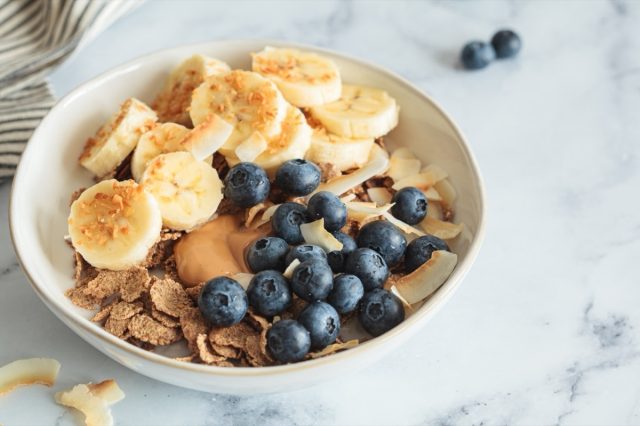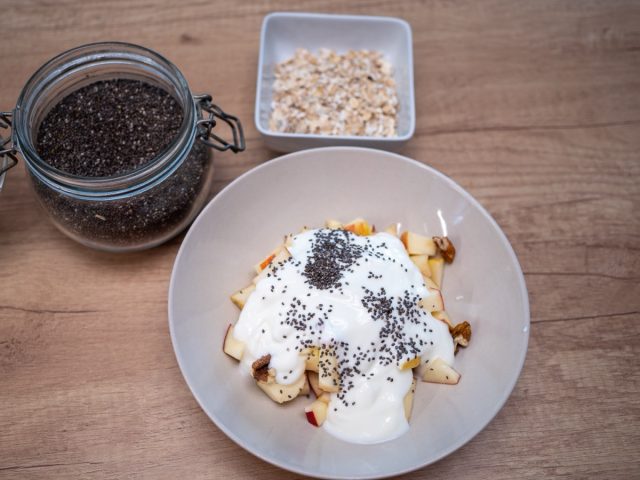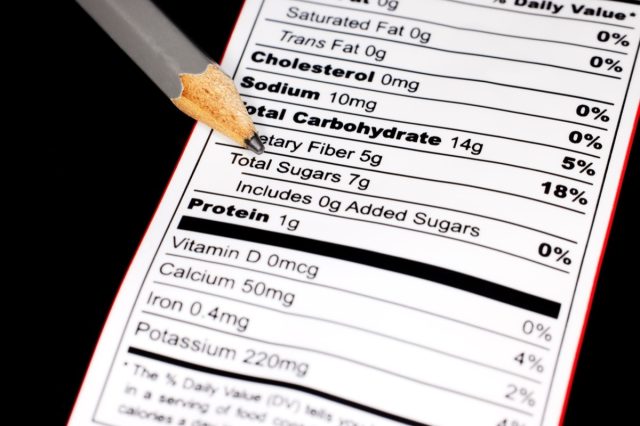I Flattened My Belly by Eating Foods with This 1:1 Ratio

Achieving a flatter belly can feel like an impossible task, but I discovered a strategy that helped me make meaningful progress: balancing the sugar-to-fiber ratio in my meals. However, I quickly learned that this alone wasn't enough. To truly see results, I had to pair this approach with mindful calorie control and balanced nutrition. By following a 1:1 sugar-to-fiber ratio and making other key adjustments, I managed to reduce cravings, feel more energized, and flatten my belly. Here's how I did it—and how to avoid the mistakes that might hold you back.
What is the 1:1 Ratio?

The 1:1 sugar-to-fiber ratio ensures that your meals provide as much fiber as they do sugar. To calculate it, I checked the nutrition labels on foods, comparing grams of sugar to grams of fiber. For example, if a food had 5 grams of sugar and 5 grams of fiber, it was balanced. If it had more sugar than fiber, I either skipped it or paired it with a high-fiber food to even things out.
This balance slows sugar absorption, helps manage hunger, and prevents energy crashes—but it's only one piece of the puzzle. Without controlling portions and calories, it's possible to overeat even "balanced" foods and stall your progress.
I Started My Day with Fiber-Packed Breakfasts

Breakfast was the first meal I tackled. Instead of sugary cereals, I switched to oatmeal with almond butter and berries, which gave me sustained energy and kept me full until lunch. Another favorite was a veggie-packed omelet paired with whole-grain toast.
However, I also made sure to monitor portion sizes. While these options were healthy, eating too much—even of nutrient-dense foods—can lead to excess calorie intake. Measuring portions and sticking to a reasonable serving size made all the difference.
RELATED: The 4 Breakfast Changes That Made Me Lose 12 Pounds in 3 Weeks
Snacks Became My Secret Weapon

Snacks used to derail my progress, leading to overeating later in the day. By applying the 1:1 rule, I found options that satisfied my cravings and supported my goals. Greek yogurt with chia seeds and apple slices became a go-to snack.
I learned that even healthy snacks can add up in calories, so I focused on small portions and avoided mindless munching. Pairing naturally sweet foods with fiber-rich additions, like nuts or seeds, helped me feel full without overindulging.
Balanced Dinners Made the Biggest Impact

For dinner, I prioritized meals with lean proteins, vegetables, and high-fiber carbohydrates. A grilled salmon salad with chickpeas, avocado, and olive oil dressing became a favorite.
To stay on track, I avoided common pitfalls like oversized portions or high-calorie sauces. I also planned my meals to ensure I was eating enough protein, which kept me feeling satisfied and supported fat loss.
How I Ensured the Ratio Worked

To stick to the 1:1 ratio, I paid close attention to nutrition labels and made small, strategic swaps. Foods with more sugar than fiber—like white bread or sugary drinks—were replaced with whole-grain bread or unsweetened teas. Pairing naturally sweet fruits with fiber-rich options like nuts or seeds balanced my meals easily.
I also tracked my overall calorie intake to ensure I was in a deficit. While the 1:1 rule helped me make better choices, calorie awareness was essential for consistent results.
RELATED: 8 Tips to Make Losing Weight Feel Effortless, From Proven Experts
Why the 1:1 Ratio Works Long-Term

This method isn't just for short-term results—it's a sustainable way to eat. Whether dining out or cooking at home, I maintained the 1:1 ratio by focusing on balance and moderation.
However, the key to long-term success was pairing this strategy with mindful calorie control, regular exercise, and sufficient protein. By focusing on these broader principles, I was able to transform my relationship with food and unlock a healthier, happier life.
Key Takeaways:
- The 1:1 sugar-to-fiber ratio is a helpful guideline, but it's not a magic bullet.
- Watching portion sizes and staying in a calorie deficit are essential for fat loss.
- Pair this approach with adequate protein and exercise to maximize results.
By avoiding the common pitfalls of overeating or relying too heavily on ratios alone, I found a balanced, effective way to achieve my goals—and so can you. And if you enjoyed this article, take advantage of these 15 Quick Ways to Lose Body Fat Percentage in a Week.




